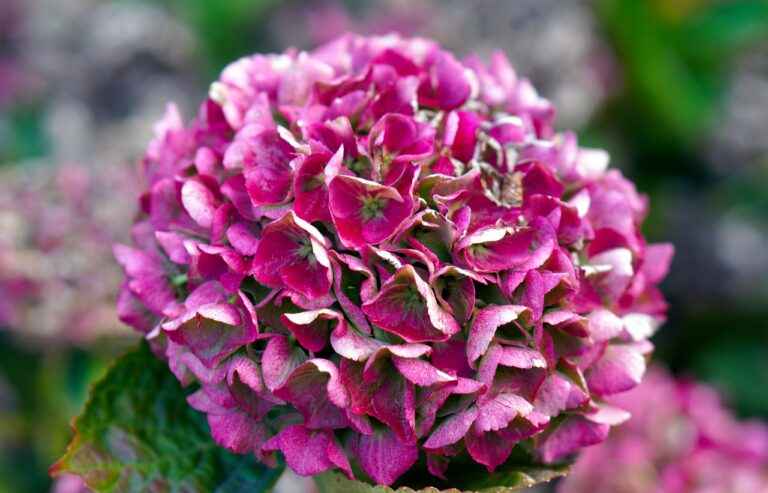How to prune lavender ?
Pruning lavender every year will ensure that the plant blooms profusely and maintains its shape. This is a mandatory procedure. The lack of lavender cutting causes the shrubs to quickly lose their attractive appearance. See When and How to prune lavender so that it blooms profusely every year and maintains a nice, compact habit.
When to prune lavender ?
Prune lavender twice a year, and you can choose from 3 cutting dates:
- The first lavender pruning date is early spring – from the third decade of March to early April, preferably on a warm and sunny day. This cut is very important for maintaining the correct lavender habit and avoiding the formation of the so-called ‘bald nest’ inside the bush. During spring pruning, we also remove all shoots damaged by winter.
- The second pruning date for lavender is summer, namely the period from July to September, when the lavender is blooming. It involves trimming fading inflorescences. This stimulates the lavender to flower again.
- The third pruning date for lavender is the beginning of fall (mid-September). This cut can be made interchangeably with the spring cut. The fall cutting of lavender promotes its tempering and helps preserve the lavender for the winter. We perform autumn cutting of lavender on a warm, cloudy and rainless day. Autumn pruning should not be delayed, as the young growths of lavender that develop after pruning may be damaged by frosts.

How to prune Lavender ?
Good to know! Pruning lavender in spring carries the risk of damaging flower buds that are just setting. As a result, the flowering will be much weaker. Therefore, autumn pruning is recommended more often. If you forgot to trim the lavender in the fall, be sure to trim it in the spring.
How to prune lavender?
During spring and autumn pruning, trim the young, non-woody lavender shoots, shortening them by half their length. When cutting shoots, be careful not to trim the woody parts of the twigs, which branch very slowly and poorly.
Too low cutting of the shoots also promotes diseases of the vascular bundles and may lead to the loss of the entire bush. By trimming the twigs, form a lavender bush in the shape of a ball.
This form of the shrub allows air to enter the interior of the shrub from all sides, which prevents the inner twigs from heating up and provides adequate lighting for all shoots (Fig. 1).

The summer pruning of lavender is the trimming of faded inflorescences. After or during flowering, cut all the inflorescences along with the leafless stems. This results in better densification and initiates lavender re-flowering in the same season.
When cutting inflorescence shoots, try to keep the shape of a ball (fig. 2).

If you have a very neglected or old lavender bush, you can carry out a rejuvenating cut. For this purpose, cut the lavender very radically, even up to 1/3 of the length of the shoots. It is worth carrying out such cutting every 4-5 years in spring. This improves the condition of the entire shrub and prevents the branches from being stripped.
You should start shaping lavender after planting. Shorten the young, not branching plants by half. This will cause the lavender to release a lot of new shoots at the base. Make the next cut in the spring of the following year.
Good to know! If you bought a lavender seedling in the middle of flowering, remove all flowers after planting. Such a procedure will facilitate the rooting of the cuttings.








